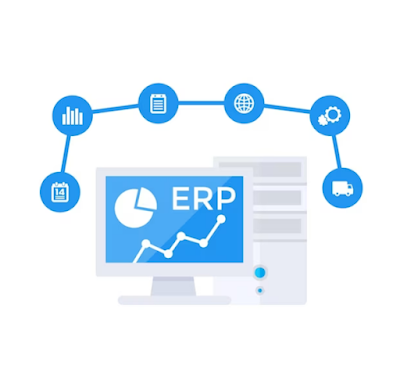Understanding the Basics of Software Development Life Cycle (SDLC)
In today's world, software has become an integral part of almost all industries. From banking and finance to healthcare and retail, software is used to automate processes, streamline operations, and make businesses more efficient. But how is software developed? How do developers go about creating software? The answer lies in the Software Development Life Cycle (SDLC).
The Software Development Life Cycle, or SDLC, is a process used by software developers to design, develop, test, and deploy software. It is a structured and systematic approach to software development that ensures that the final product meets the needs of its users.
There are different models of the SDLC, but all of them follow a similar process. Let's take a look at the basics of the SDLC.
Planning: The first phase of the SDLC is planning. In this phase, the development team identifies the goals and objectives of the software, the scope of the project, and the timeline for completion. The team also identifies the resources needed for the project, including human resources, hardware, and software.
Analysis: The second phase of the SDLC is analysis. In this phase, the development team gathers requirements from stakeholders and end-users. This phase is critical, as it lays the foundation for the software development process.
Design: The third phase of the SDLC is design. In this phase, the development team creates a detailed plan for the software, including the architecture, interface design, data flow, and algorithms.
Implementation: The fourth phase of the SDLC is implementation. In this phase, the development team begins to write the code for the software. This phase involves testing and debugging the code to ensure that it is free from errors and bugs.
Testing: The fifth phase of the SDLC is testing. In this phase, the development team tests the software to ensure that it meets the requirements of the stakeholders and end-users. The team also looks for any bugs or errors in the software and fixes them.
Deployment: The sixth phase of the SDLC is deployment. In this phase, the development team deploys the software to its final destination, whether it is a server, a cloud platform, or a mobile device.
Maintenance: The final phase of the SDLC is maintenance. In this phase, the development team monitors the software and makes updates and changes as needed to keep it running smoothly.
In conclusion, the Software Development Life Cycle is a structured and systematic approach to software development that ensures that the final product meets the needs of its users. By following the SDLC, developers can create high-quality software that is reliable, efficient, and meets the needs of its users.




Comments
Post a Comment